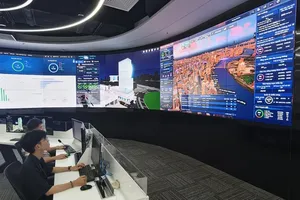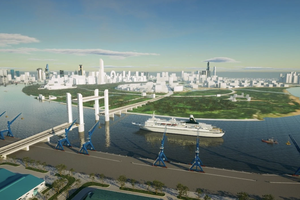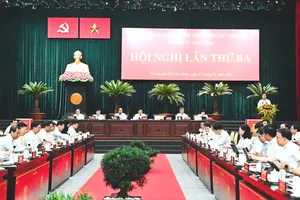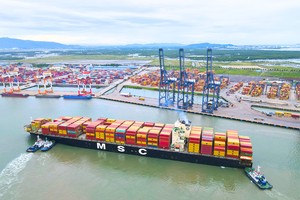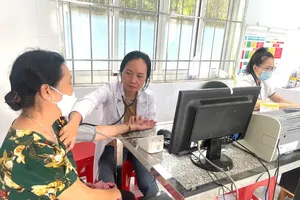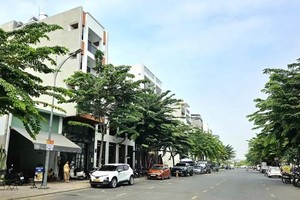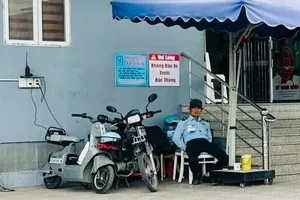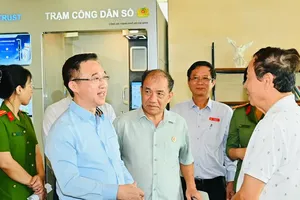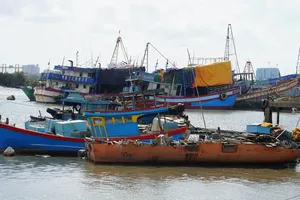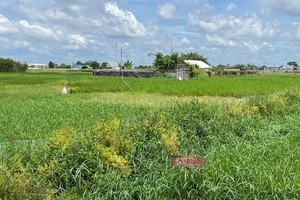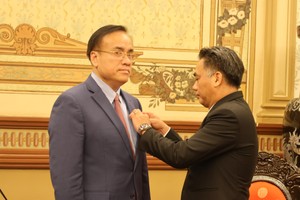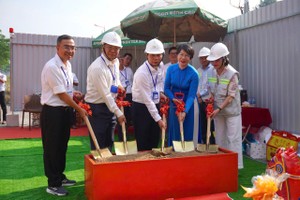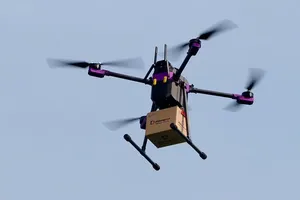
Making good use of the Resolution in the 6th session of the 13th Party Central Committee on continuing to foster the national industrialization and modernization processes until 2030 with a vision to 2045 and Resolution No.24 by the Politburo on socio-economic development in the Southeast region, HCMC now has an ample opportunity for restructuring its foundation and develop comprehensively.
Particularly, the Resolution issued on December 2 by the Politburo after its working session with the Standing Committee of HCMC Party Committee clearly displays the directions and mission for the city’s growth, including becoming a modern industrial-service city; a leader in both digital economy and society; a center for economy, finance, trading, science-technology, and culture of Southeast Asia by 2030. In 2045, HCMC will be one of Asian centers for economy, finance, services; an ideal economic and cultural destination with high living standards; and on par with major metropolitan areas in the world.
To fulfill those missions, traffic facilities for inter-regional connection should be the top priority. All possible measures must be carried out to complete HCMC’s Ring Road No.2 and Metro Route No.1 and 2, to start constructing Ring Roads No.3 and 4.
Simultaneously, the city should develop its urban planning to promote public transport and smart traffic management. Breakthrough solutions should be adopted to improve the quality of public transport, to control private vehicle use, and to develop a pathway for an increase of electric automobiles in the whole city.
Understanding that laborers are the core value in all digital transformation processes, during the 2011-2020 period, HCMC exclusively focused on training high-quality human resources to satisfy the needs in Industry 4.0. Sadly, this effort in general is still insufficient in both quantity and quality to answer the growing demands for the city’s industrialization and modernization in a science-implementing and innovative manner.
It is, therefore, essential in this restructuring process to reduce outdated labor-intensive and land-intensive production. This is a prerequisite for the re-identification of key economic sectors in HCMC at present. There should be more in-depth research on suitable key industries, chosen from the four main industry groups, along with proper ways for the city to switch to these industries smoothly in order to become a national leader in Industry 4.0.
Most of HCMC’s key industries will not be pure traditional ones. Rather, they should belong to the three groups of
_Hi-tech industries that the city has great potential of (new materials in the mechanical engineering industry, rubber-plastic, software development);
_Traditional industries that can implement technologies of Industry 4.0 (digital technology application in farming to increase output and decrease costs, automation in the mechanical engineering industry);
_New breakthrough technology industries that can boost the position of Vietnam, in particular of HCMC, in Industry 4.0 (Nano technology, genetic modification in the food industry, 3D printing in the mechanical engineering industry, artificial intelligence technology, augmented reality, and big data).
